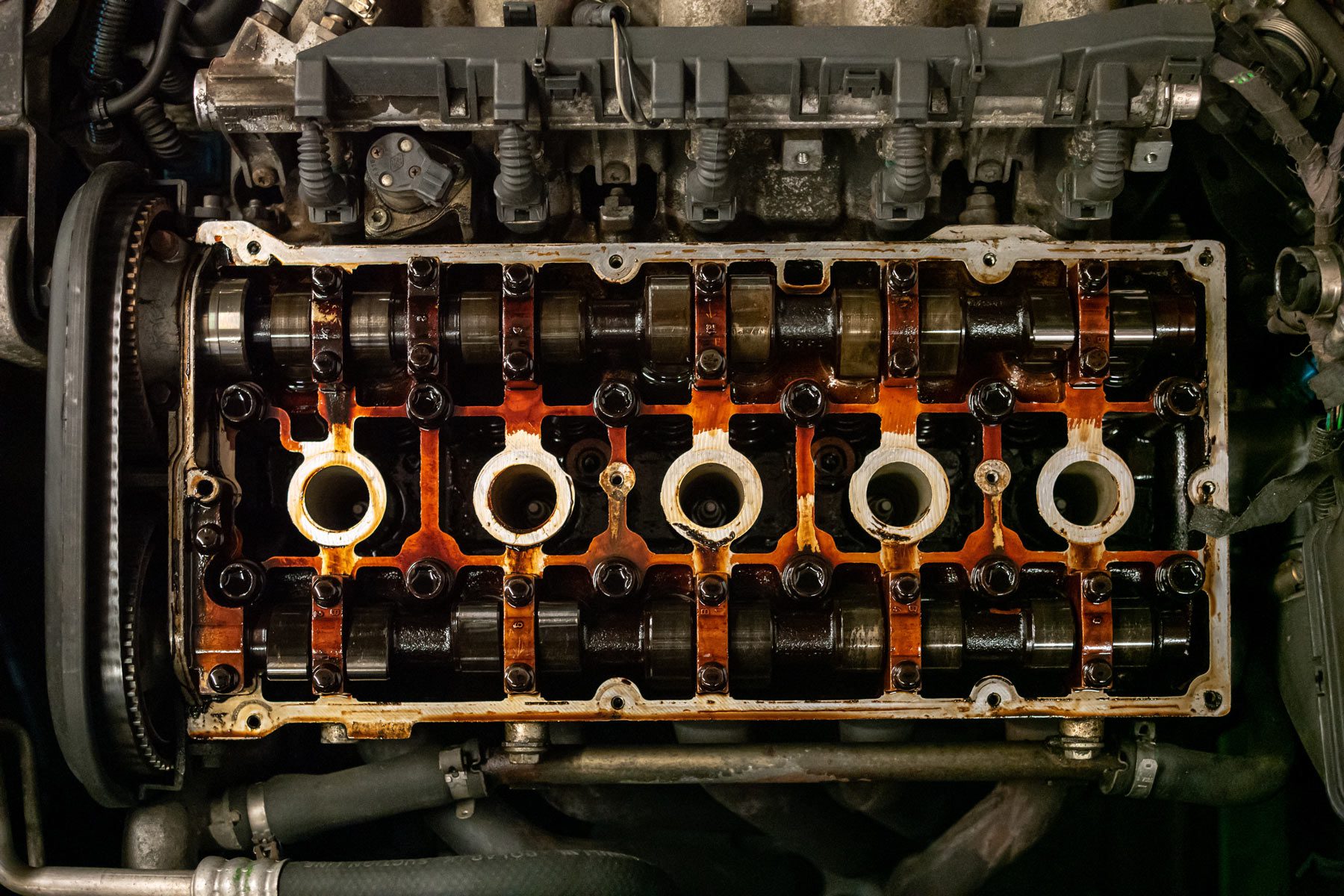Opel Corsa Engine: Common Issues and How to Repair Them
Wiki Article
Checking Out the Inner Workings of a Compact Car's Engine System
As vehicle drivers, we commonly take for given the intricate procedures that occur within the boundaries of our vehicle's engine system. In this exploration of a portable car's engine system, we will certainly unravel the inner workings of this mechanical symphony, losing light on the mysteries that drive us ahead on our day-to-day journeys.Burning Process Introduction
The burning process in a small vehicle's engine system is an important mechanism that effectively transforms fuel into power to power the vehicle. This process happens within the burning chamber of the engine, where gas and air mix, fire up, and create regulated explosions. The burning process includes 4 major phases: consumption, compression, power, and exhaust.Throughout the intake stage, the piston relocates downward, drawing in a blend of air and fuel right into the combustion chamber. The following stage, compression, entails the piston moving upwards, compressing the air-fuel mixture to raise its strength. Subsequently, in the power phase, the spark plug sparks the compressed blend, leading to a quick expansion of gases that compels the piston back down. This down movement produces the power required to drive the vehicle. In the exhaust phase, the scorched gases are expelled from the combustion chamber via the exhaust valve, preparing the chamber for the following cycle. This cyclic combustion procedure is fundamental to the operation of a portable vehicle's engine system, making certain efficient energy conversion for propulsion.
Piston and Cyndrical Tube Communication

The piston's precise fit within the cylinder is vital for keeping optimum compression and preventing energy loss during burning. Limited clearances in between the piston and cyndrical tube wall surfaces ensure efficient securing, permitting the piston to relocate efficiently without permitting gases to leakage past. Appropriate lubrication is likewise essential to lower rubbing and put on in between these elements, improving durability and performance.
Furthermore, the layout and products utilized in producing the piston and cylinder impact engine performance and resilience. Modern engines frequently employ light-weight yet sturdy products like aluminum alloys for pistons and cylinder linings to minimize inertia and enhance thermal efficiency. On the whole, the unified interaction between the piston and cyndrical tube is essential to the engine's performance and overall efficiency.
Fuel Injection System Capability
Fuel injection systems in portable car engines play a crucial function in precisely supplying fuel to the burning chamber for controlled and efficient ignition. The gas shot system operates by injecting gas right into the burning chamber at the optimum moment throughout the engine's operation (opel corsa engine). This precise timing makes certain find this that the fuel blends evenly with the air for correct combustion, leading to enhanced gas effectiveness and reduced dischargesThere are mainly 2 sorts of gas injection systems utilized in portable car engines: port gas injection (PFI) and direct gas injection (DFI) PFI systems infuse fuel into the consumption port before the intake shutoff, while DFI systems inject fuel straight into the burning chamber. Both systems have their benefits, with DFI providing much better gas atomization and PFI offering a much more cost-effective option.
Comprehending Engine Air Conditioning Mechanisms
Effective procedure of a portable vehicle's engine depends heavily on the performance of its cooling mechanisms. Engine air conditioning is necessary to avoid getting too hot, which can lead to major damages and reduced efficiency. The cooling system in a small automobile commonly consists of several elements interacting to manage the engine temperature level. One essential part is the radiator, which utilizes coolant to soak up warmth from the engine. As the warm coolant moves via the radiator, it releases heat into the air, cooling off prior to going back to the engine. The water pump flows the coolant via the engine and radiator, ensuring a consistent flow to official statement regulate temperature. Additionally, the thermostat assists manage the coolant flow to preserve optimal engine temperature. Some cars additionally have cooling fans that trigger when added air conditioning is required, such as during rush hour or hot weather. Understanding these engine cooling mechanisms is vital for maintaining the performance and long life of a portable automobile's engine system.
Exhaust System Parts Explained
The ideal functioning of a small vehicle's engine air conditioning mechanisms depends on a complementary system understood as the exhaust system, which comprises numerous important parts for guaranteeing reliable emissions and engine efficiency. The exhaust manifold accumulates exhaust gases from the engine's paths and cyndrical tubes them to the catalytic converter.One essential part of the exhaust system is the oxygen sensor, which keeps an eye on the oxygen degrees in the exhaust gases to help control gas usage and make certain optimal pop over to this web-site engine efficiency. opel corsa engine. In addition, the resonator may be present in some exhaust systems to lower sound levels. Generally, the exhaust system plays a vital function in keeping engine efficiency, minimizing unsafe emissions, and making sure a quieter driving experience for portable lorry owners

Final Thought
Finally, the compact automobile's engine system is an intricate combination of elements that collaborate to help with the burning procedure, transform fuel into energy, and get rid of waste gases. Recognizing the internal operations of the engine system, including the piston and cylinder communication, gas shot system, engine air conditioning devices, and exhaust system components, is essential for preserving ideal performance and effectiveness of the lorry.The combustion process in a small lorry's engine system is a crucial mechanism that efficiently converts fuel into power to power the lorry.Fuel shot systems in small car engines play an important duty in specifically supplying fuel to the combustion chamber for controlled and reliable ignition.There are largely two kinds of gas shot systems utilized in small automobile engines: port fuel injection (PFI) and direct gas shot (DFI) Comprehending these engine air conditioning mechanisms is important for keeping the performance and longevity of a compact vehicle's engine system.
The optimum performance of a small car's engine cooling mechanisms depends on a corresponding system understood as the exhaust system, which makes up various important components for ensuring effective exhausts and engine efficiency.
Report this wiki page